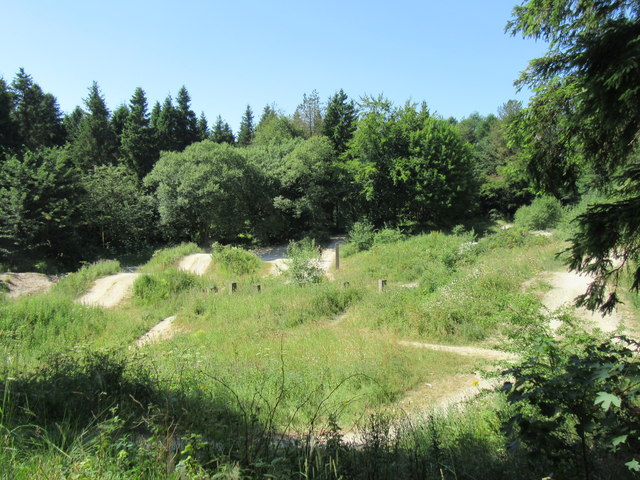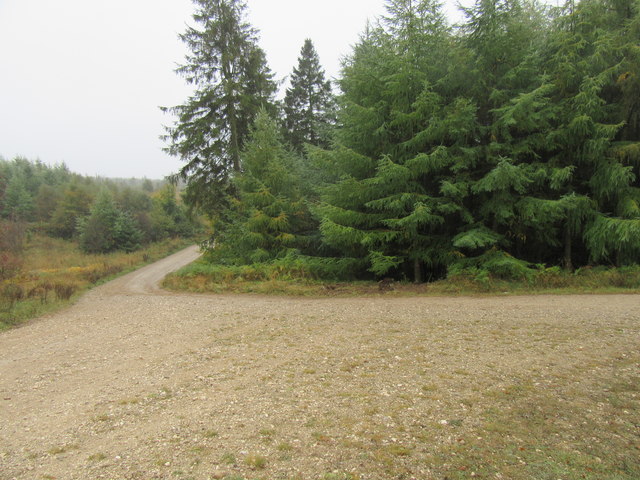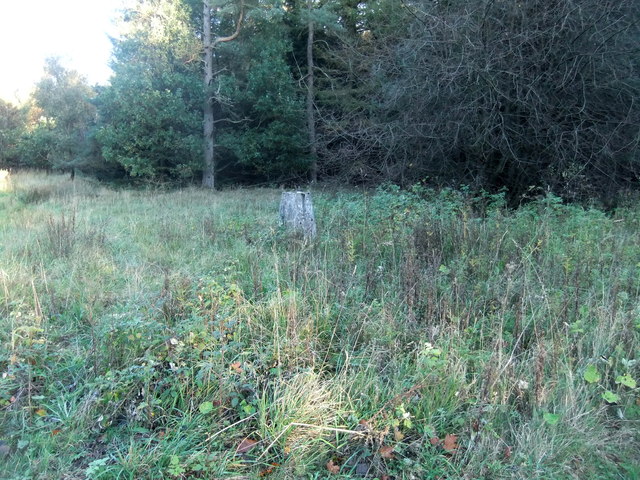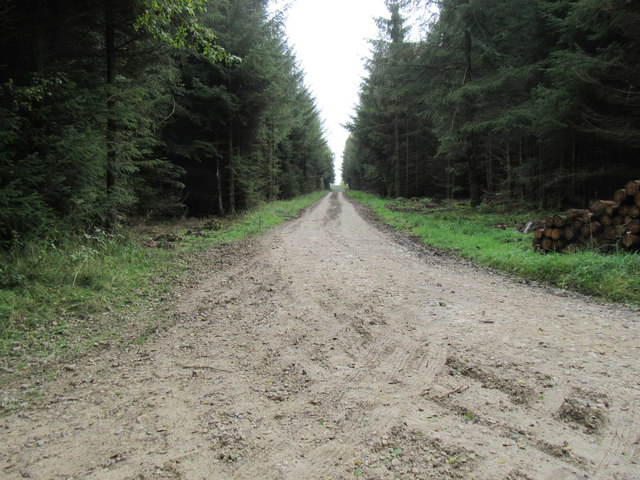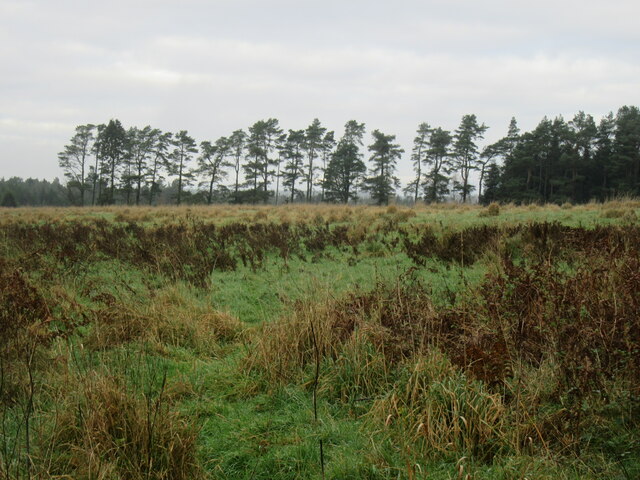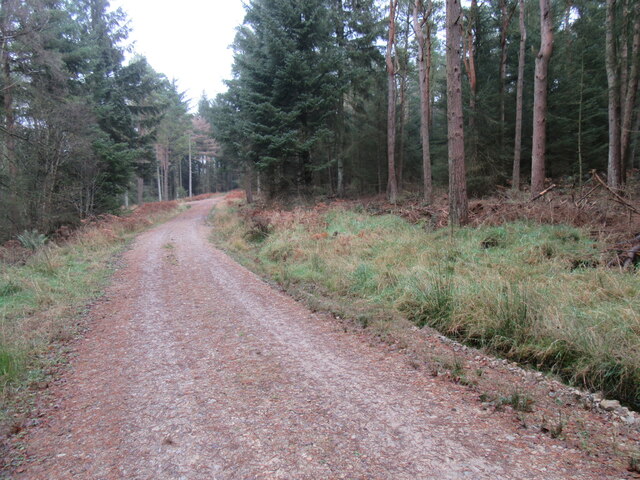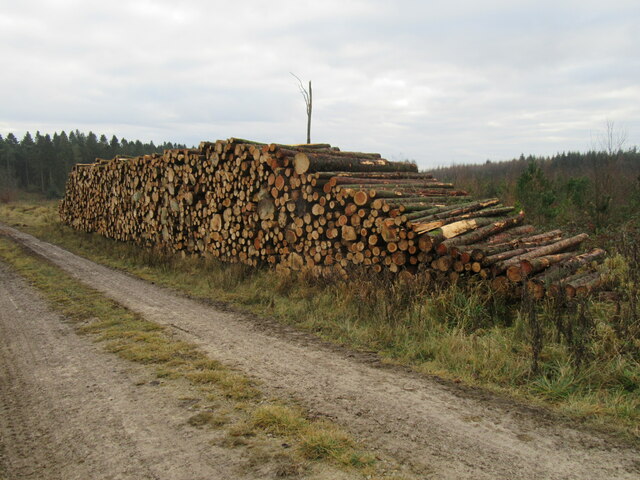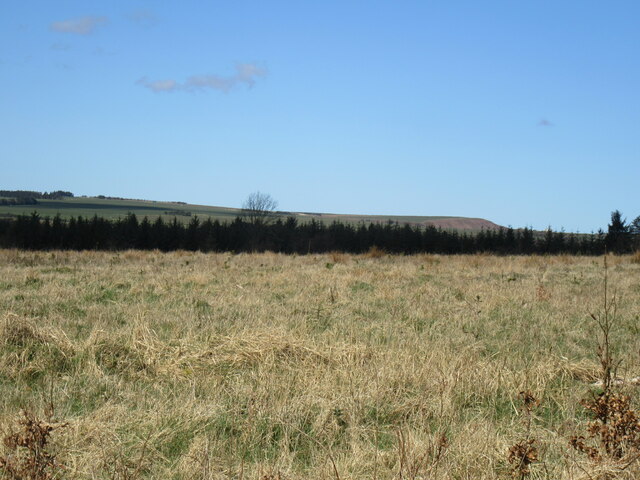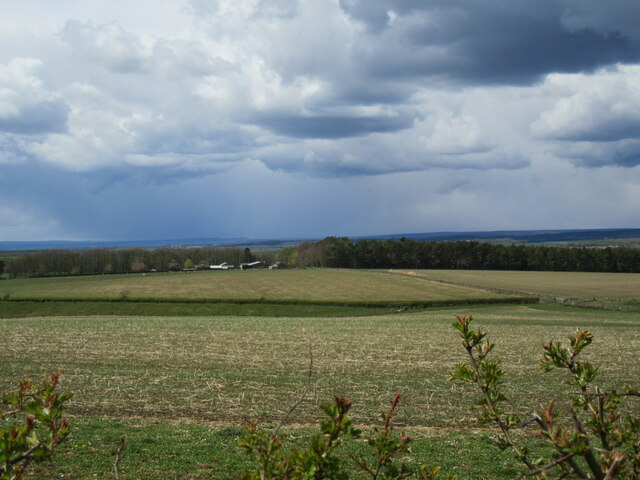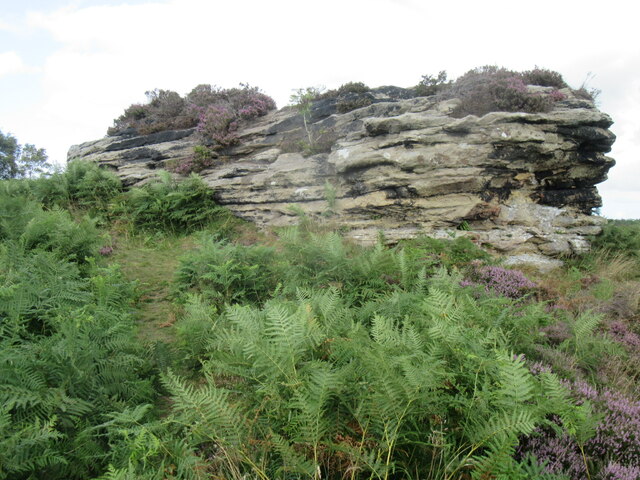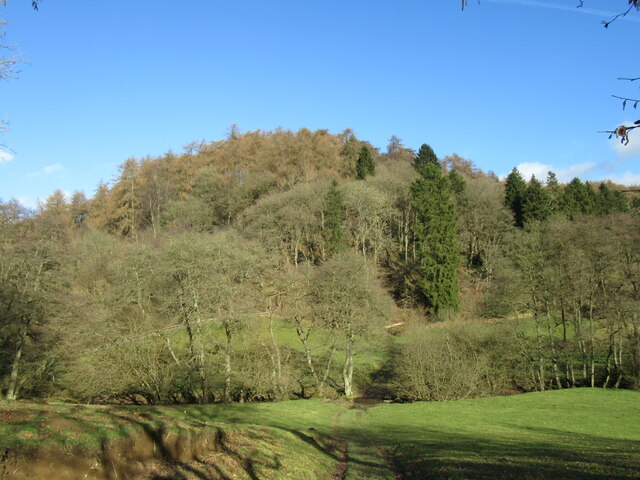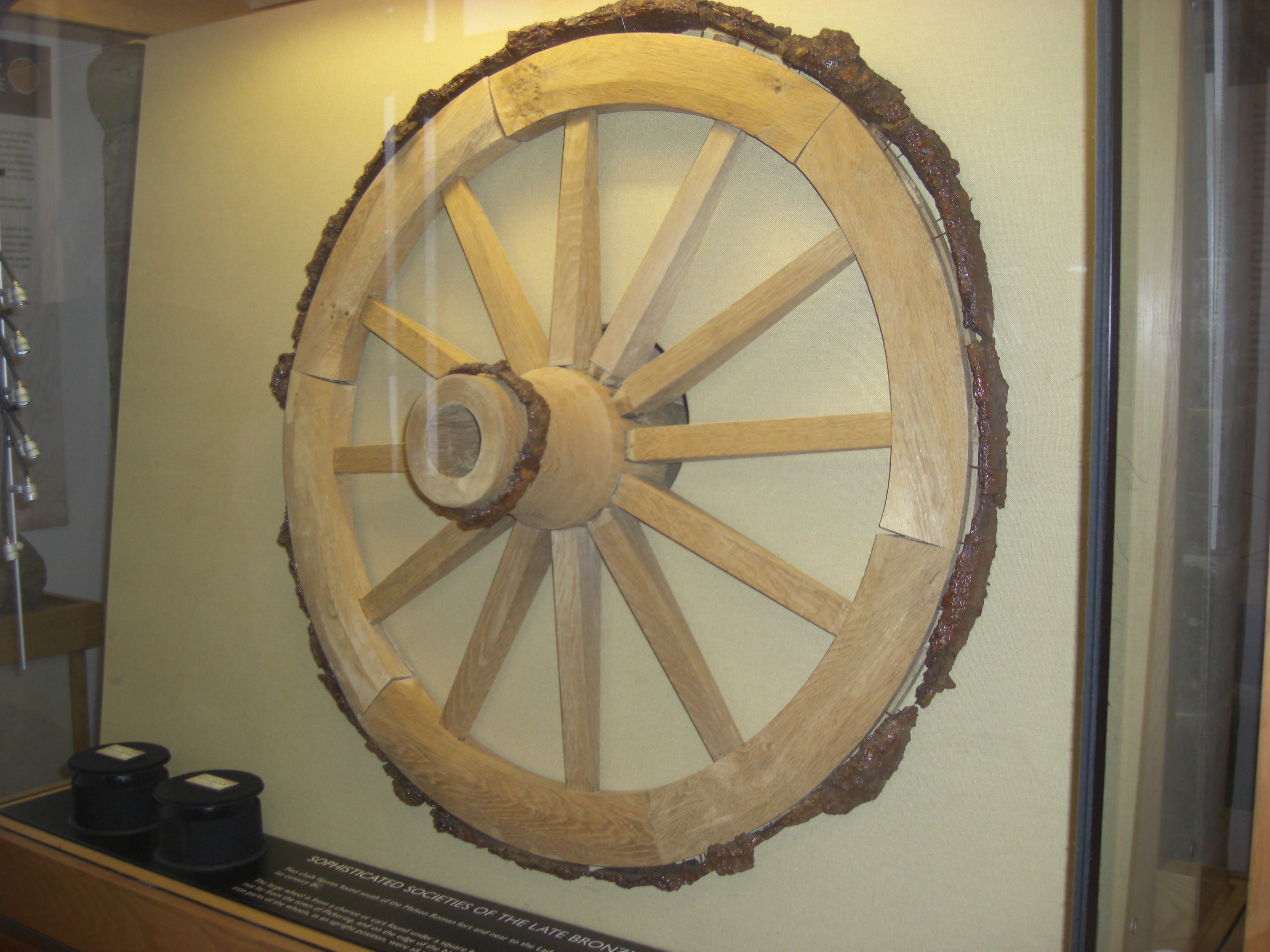Adderstone Wood
Wood, Forest in Yorkshire Ryedale
England
Adderstone Wood
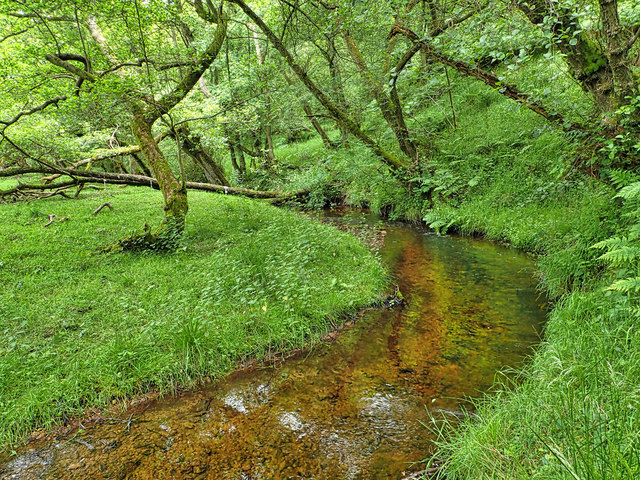
Adderstone Wood is a sprawling forest located in the county of Yorkshire, England. Covering a vast area, the wood is a captivating example of natural beauty and tranquility. Nestled amidst the rolling hills and picturesque landscapes, this woodland is a haven for nature enthusiasts and those seeking solace in the great outdoors.
The wood is primarily composed of deciduous trees, such as oak, beech, and birch, which provide a stunning display of colors throughout the changing seasons. The dense foliage creates a sense of seclusion, allowing visitors to immerse themselves in the peaceful ambience. A network of well-maintained paths winds through the wood, offering visitors an opportunity to explore its depths and discover its hidden treasures.
The biodiversity within Adderstone Wood is remarkable, with a wide variety of flora and fauna calling it home. Wildflowers carpet the forest floor, showcasing vibrant hues and enticing a plethora of insects and small animals. Birdsong fills the air as numerous avian species flit between the branches, including woodpeckers, nuthatches, and robins.
The wood is not only a sanctuary for wildlife but also a recreational space for humans. Visitors can engage in activities such as walking, jogging, or cycling along the designated trails. Picnic areas are scattered throughout the wood, providing the perfect spot for a leisurely lunch amidst the serenity of nature.
Whether it be a leisurely stroll, a moment of quiet reflection, or an opportunity to connect with the natural world, Adderstone Wood offers an enchanting escape from the hustle and bustle of everyday life. Its timeless beauty and diverse ecosystem make it an essential destination for anyone seeking to immerse themselves in the wonders of nature.
If you have any feedback on the listing, please let us know in the comments section below.
Adderstone Wood Images
Images are sourced within 2km of 54.301063/-0.65244248 or Grid Reference SE8790. Thanks to Geograph Open Source API. All images are credited.



Adderstone Wood is located at Grid Ref: SE8790 (Lat: 54.301063, Lng: -0.65244248)
Division: North Riding
Administrative County: North Yorkshire
District: Ryedale
Police Authority: North Yorkshire
What 3 Words
///comically.ounce.wiser. Near Thornton Dale, North Yorkshire
Nearby Locations
Related Wikis
Dalby Forest
Dalby Forest is a forest located on the southern slopes of the North York Moors National Park in North Yorkshire, England. It is maintained by Forestry...
Blakey Topping standing stones
Blakey Topping standing stones is a small group of standing stones near the Hole of Horcum in the North York Moors. It sits at the foot of Blakey Topping...
Lockton
Lockton is a small village and civil parish in North Yorkshire, England. It is situated in the North York Moors about 4 miles (6.4 km) north-east of Pickering...
14–18 NOW
14–18 NOW was the UK's arts programme for the First World War centenary. Working with arts and heritage partners all across the UK, the programme commissioned...
Levisham
Levisham is a small village and civil parish in North Yorkshire, England, located within the North York Moors National Park about 5 miles (8 km) north...
Hole of Horcum
The Hole of Horcum is a section of the valley of the Levisham Beck, upstream of Levisham and Lockton, in the Tabular Hills of the North York Moors National...
Darncombe-cum-Langdale End
Darncombe-cum-Langdale End is a civil parish in the Scarborough district of North Yorkshire, England. According to the 2001 UK census, Darncombe-cum-Langdale...
Pexton Moor
Pexton Moor is an archaeological site in North Yorkshire containing a prehistoric cemetery. It is located at the western edge of Dalby Forest, north of...
Nearby Amenities
Located within 500m of 54.301063,-0.65244248Have you been to Adderstone Wood?
Leave your review of Adderstone Wood below (or comments, questions and feedback).
